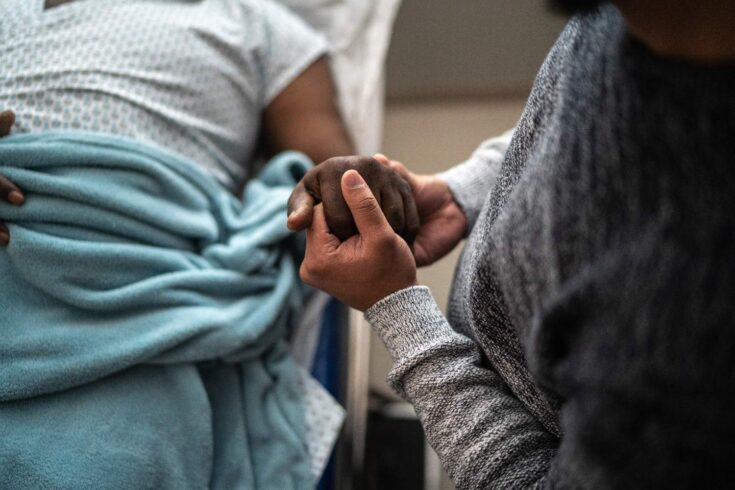Researchers show that non-invasive respiratory support is more likely to be successful if it allows significant reductions in patients’ breathing efforts.
The research was funded by the UK Research and Innovation rolling coronavirus (COVID-19) opportunity, through the Engineering and Physical Sciences Research Council (EPSRC).
Engineering researchers at the University of Warwick worked with an international team of leading intensive care clinicians. Together, they have used computational modelling to show that non-invasive respiratory support is more likely to be successful if it allows significant reductions in patients’ breathing efforts.
The team, along with international experts from the UK, US and Ireland, are the first to use computational modelling to compare the effectiveness of:
- conventional oxygen therapy
- high-flow nasal oxygen therapy (HFNOT)
- continuous positive airway pressure (CPAP)
- non-invasive ventilation (NIV).
Using computational simulations
In a paper published in the British Journal of Anaesthesia, researchers from the University of Warwick used computational simulations of 120 COVID-19 patients. This was then used to quantify the internal mechanical forces that are produced by different types of non-invasive support at different levels of breathing effort.
They found that, although non-invasive support improved patient oxygenation, stresses and strains inside the lung could be increased to potentially damaging levels unless significant reductions in breathing effort occurred.
To try to avoid the risks associated with mechanical ventilation, many COVID-19 patients are initially treated using CPAP, HFNOT or NIV.
These therapies can be delivered outside the intensive care unit, using face masks or nasal canulae, while the patient is awake and spontaneously breathing.
Conducting clinical trials
It is currently not clear why some patients respond well to these non-invasive therapies and improve, while others continue to deteriorate and eventually need to be put on a mechanical ventilator.
Clinicians worldwide are conducting clinical trials to better understand how non-invasive respiratory support can best be used to treat patients.
Power of computational simulation
Professor Declan Bates, from the school of engineering at the University of Warwick comments:
Many COVID-19 patients who experience acute respiratory failure are initially treated using some form of non-invasive respiratory support to help them breathe and avoid the need for mechanical ventilation.
This study shows the power of computational simulation to rapidly answer questions that are directly relevant to the treatment of critically ill patients.
Urgently needed evidence
Dr Luigi Camporota, a consultant in intensive care medicine at Guy’s and St. Thomas’ Hospital London and co-author of the study, comments:
There is concern that strenuous breathing can further damage the lungs of COVID-19 patients.
Our study found that reductions in patients’ breathing efforts after commencing non-invasive respiratory support could be a key indicator of its likely success.
These results provide urgently needed evidence to help clinicians manage and optimise the treatment of COVID-19 patients in a way that averts additional and preventable lung injury.
One of the first of its kind
Dr Kedar Pandya, EPSRC Director for Cross-Council Programmes, said:
This research further demonstrates the important role engineers play to tackle real-world challenges such as COVID-19.
The outcomes of this study, one of the first of its kind, has the potential to inform respiratory healthcare treatments for patients worldwide.
Next steps
The next steps for this research are to:
- further refine the computational models using large-scale patient data collected over the course of the pandemic
- conduct more detailed simulations of the most promising non-invasive therapies.

